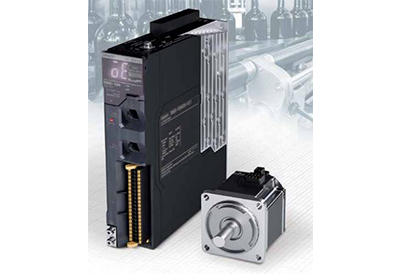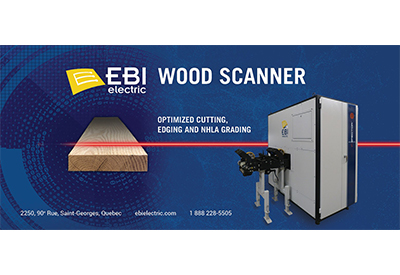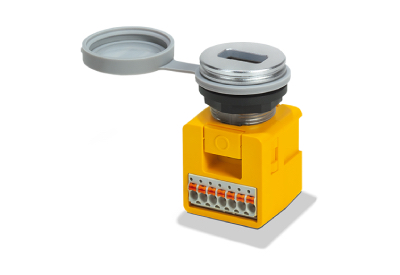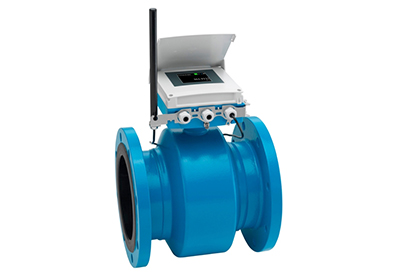Visualising the Pathway to Better Papermaking Efficiency and Control
December 20, 2024
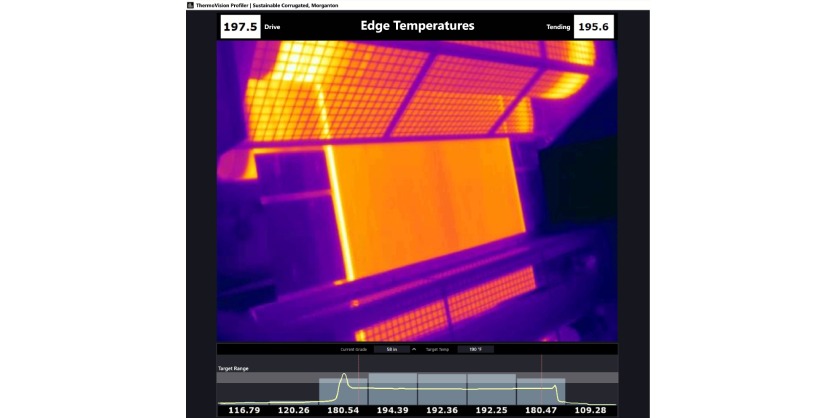
Recent developments in thermal signature analytics have expanded the applications of thermal cameras beyond routine troubleshooting; they now contribute to paper machine control, energy usage benchmarking, wet streak detection, and the identification and prediction of certain classes of sheet breaks.
Industrial Video Solutions Inc (IVS), a US-based specialist in automation for the papermaking industry, is leveraging FLIR infrared (IR) thermal cameras to obtain valuable data from paper machines as part of a patented system that boosts machine control and efficiency.
Moisture and temperature directly affect both paper properties and machine runnability making the measurement of these parameters essential to the papermaking process. However, despite the presence of visual spectrum cameras in several machine locations, some aspects of the papermaking process remain invisible to operators. This problem is attributable to factors such as steamy operating environments, visual camera limitations, and a lack of tools that convert camera images into actionable data.
The solution arrives in the shape of ThermoVision, an IVS-patented system featuring FLIR IR cameras at its core. With its FLIR cameras, ThermoVision sees real-time moisture profiles in any paper machine location, mapping them to a multi-functional thermal profiler. The system can provide real-time, full-width, cross-direction (CD) moisture and temperature profiles, as well as real-time machine direction (MD) profile variations. Moreover, profile analytics provide insights into dewatering and drying efficiency – critical for energy benchmarking.
ThermoVision facilitates the real-time detection and classification of wet streaks and spots, as well as the real-time detection of embedded foreign materials, such as metals in fluff pulp. A key capability of the system is its ability to provide visibility in steamy machine locations. Using a FLIR IR camera to capture an image of a pulper vortex, for example, allows users to see through steam and visualise the vortex in full detail, including the position of the chain and vortex edges. This ability is indispensable for monitoring locations within the machine like trim squirts and dryers.
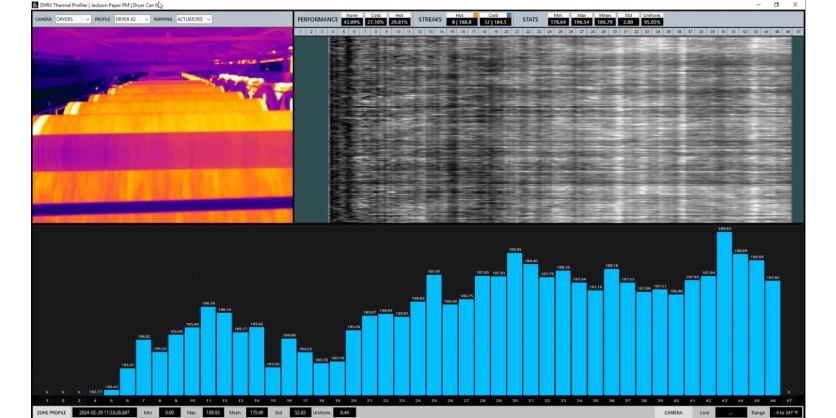
While it only requires a single FLIR IR camera to execute all ThermoVision analyses, multi-camera systems are more effective for complete process troubleshooting, optimisation, and improvement. It is even possible to feed data from a combination of IR and visual spectrum cameras to an artificial intelligence (AI) module. This neural network learns the relationship between the forces exerted on the paper, paper vulnerabilities, and process upsets – such as sheet breaks – with the goal of predicting runnability issues.
Seven-figure savings
“Armed with new data for maximising paper machine performance, we estimate substantial savings for ThermoVision users,” says Slawek Frackowiak, President and CEO of IVS. “For example, reductions in energy consumption and paper breaks, alongside increases in productivity, can lead to annual savings in the region of $1.3 million on a 300,000-ton liner-board machine.”
He continues: “We came across the potential for this technology by chance. We had already patented our ProcessVision technology, which extracts pixels from an image to effectively turn an area-scan camera into a linear camera, when a potential application provided us with a new idea.”
On papermaking machines, excessive moisture often leads to sheet breaks – a major runnability issue. IVS was invited to quote for a project in Poland that sought to use IR cameras instead of a traditional sheet break system.
“I had no idea why, so I started investigating,” says Mr Frackowiak. “I discovered that while a few competitors had started using IR cameras for displaying video, they were not doing anything with that output. In a papermaking machine, temperature is inversely proportional to moisture, so we set about developing a new system – ThermoVision – which combines the concept of our existing ProcessVision with FLIR thermal cameras.”
This idea has led to the award of multiple patents pertaining to thermal vision – in particular, temperature being inversely proportional to moisture in the papermaking process.
“Of course, anyone can mentally make that conversion, but a system based on that concept is our patent. I was surprised no one else had thought of it. We’ve also patented specific outputs from the technology, such as predicting sheet breaks and runnability issues.”
The FLIR solution
Depending on the application, IVS uses either FLIR A50/A500 or A70/A700 FLIR IR thermal cameras.
“With their higher resolution, we tend use FLIR A70/A700 models for papermaking machinery applications,” reveals Mr Frackowiak. “However, ThermoVision can also benefit machines that produce corrugated paper for packaging. We use FLIR A50/A500 series cameras for corrugators as these applications do not require the same level of resolution, helping to minimise costs for customers.”
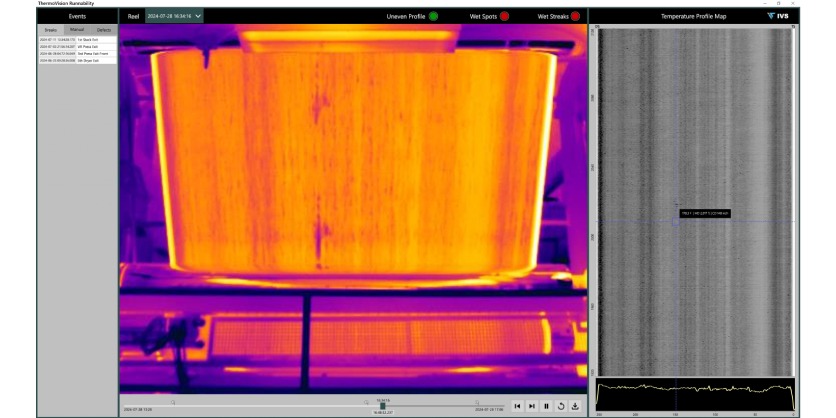
Rugged, IP66-rated FLIR A50/A500 and A70/A700 series cameras offer multiple field-of-view options, image streaming, and simple integration with the specific needs of customers. By providing quick access to thermal characteristics, users of these cost-effective cameras can maximise asset uptime and minimise maintenance costs.
“In my opinion, FLIR IR cameras are competitively priced considering the capabilities they offer. During my initial research, I came across other thermal cameras of similar specification, but they cost more. We’re incredibly happy with FLIR IR cameras and now standardise on these models.”
Seeing is believing
There are essentially two ways of adopting ThermoVision on a papermaking machine. First, as an add-on to existing sheet break systems. FLIR IR cameras see ‘invisible’ defects that visual spectrum cameras cannot. The system also detects wet streaks in real time, helping to prevent costly sheet breaks that can lead to hours of downtime.
Second, the system can involve sending the sheet-wide thermal profile to a quality control system (QCS) scanner. A QCS scanner moves back and forth across the sheet, a process that takes anything from seconds to minutes. However, using data captured by FLIR IR cameras, it is possible to feed the QCS in real time. While the control system will not likely work in real time, capturing images with FLIR IR cameras at 30 frames per second, for example, means the system can provide an average profile every second, supporting ultra-fast control system decisions.
“A big issue with a QCS scanner is its location at the end of a papermaking machine,” explains Mr Frackowiak. “From placing pulp on the wire, ready for manufacturing into paper, to running through the entire machine and reaching the QCS scanner, no quality measurement checks take place. However, by positioning a FLIR IR camera at the beginning of the process, perhaps in the press section, we can immediately detect defects like wet streaks or incorrect moisture profiles. This is important because some start-up processes can take hours, with papermaking plants unable to thread the web due to problematic sheet breaks. We now have a way of letting them know why, saving significant time.”
Several papermaking facilities are already taking advantage of the technology. Following the award of its patents, IVS now has two papermaking systems running with ThermoVision in the USA, as well as a corrugator. Multiple quotations have been sent to further potential customers, with some planning to include ThermoVision in their next capital expenditure budget.
With the right innovation and technology, even a mature process like papermaking can see step changes in key metrics – such as quality, efficiency, uptime, and control. Thanks to the ingenuity of proprietary IVS systems and the capabilities of FLIR IR thermal vision cameras, papermaking is set to reach a whole new level.
More Information
Related Story
Teledyne FLIR SIRAS Professional Drone is Now Available in Canada
Teledyne FLIR (part of Teledyne Technologies Incorporated) has announced that, for the first time, the Teledyne FLIR SIRAS™ professional uncrewed aerial system (UAS) will be available across Canada. This is being made possible through Rocky Mountain Unmanned Systems (RMUS).
The SIRAS professional drone is designed for professional missions, including industrial and utilities inspection, firefighting, law enforcement, and search and rescue. Canadian drone professionals can now reap the benefits of a professional UAS specifically engineered for data security, performance, and affordability.


